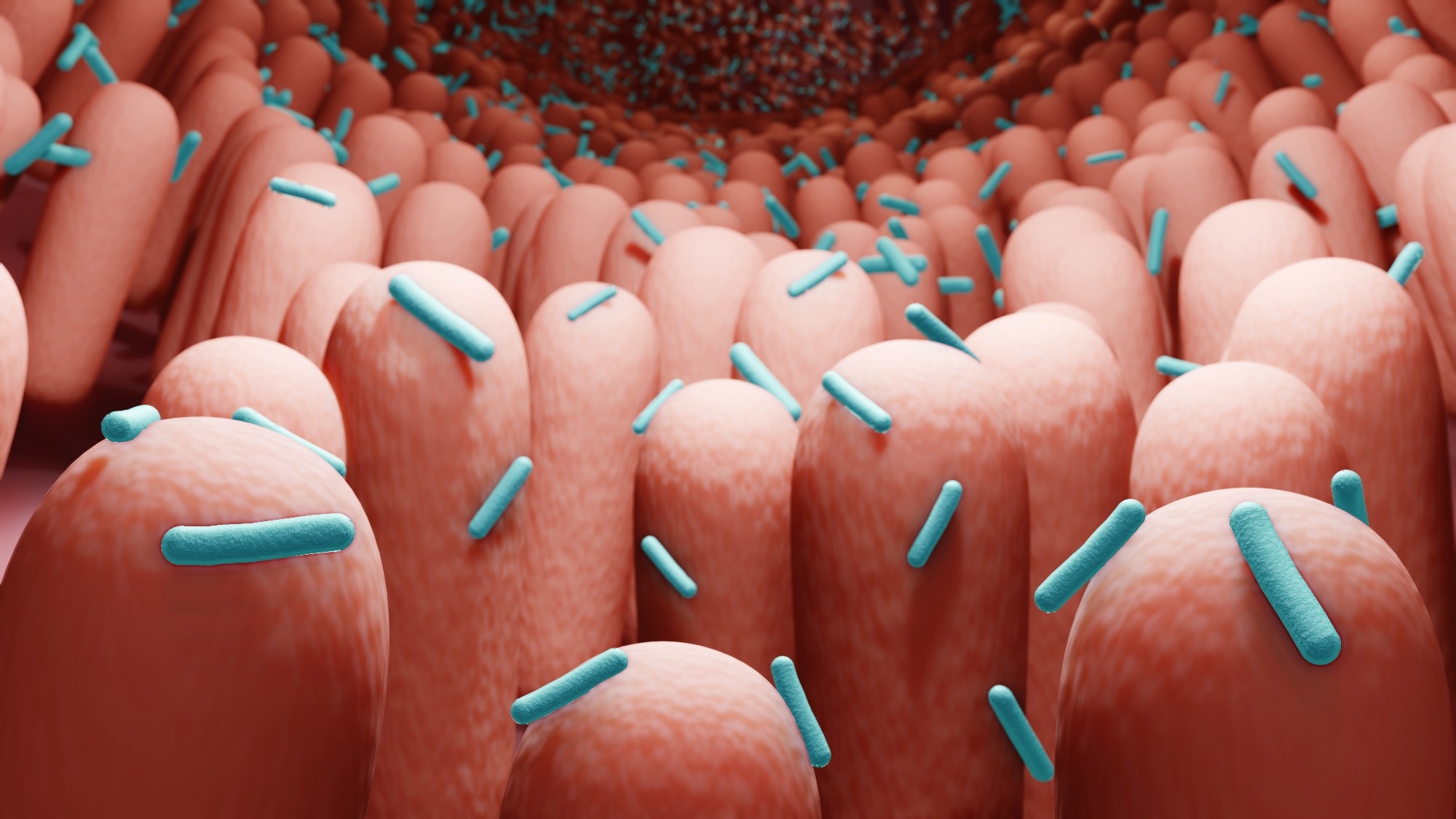In a recent study published in Nutrients, a group of researchers investigated the interactions between individual diets and the gut microbiome in seven volunteers, leveraging technological advancements and machine learning to inform personalized nutrition strategies and potential therapeutic targets.
Study: Unraveling the Gut Microbiome–Diet Connection: Exploring the Impact of Digital Precision and Personalized Nutrition on Microbiota Composition and Host Physiology. Image Credit: ART-ur/Shutterstock.com
Background
The human gut microbiome, teeming with diverse microorganisms, plays a pivotal role in health and disease. Modern technologies have illuminated the intricate relationship between diet and gut communities, showing that different diets can influence health and metabolite production.
The burgeoning field of precision nutrition aims to tailor diets based on epigenetics, individual genetics, and current dietary habits despite challenges posed by person-to-person variations.
Combining traditional data collection with machine learning can refine our understanding of diet-microbiome dynamics.
Despite advancements in understanding the gut microbiome’s relation to diet, the exact mechanisms and inter-individual variability remain unclear, necessitating comprehensive longitudinal studies and improved data collection methods for more precise personalized nutrition strategies.
About the study
In the present single-arm pilot study conducted from March to July 2022, seven volunteers, consisting of four females and three males with an average age of 40.9 years and a Body Mass Index (BMI) of 23.2, were selected from a lab staff group.
Their selection was based on not having undergone antibiotic or probiotic treatments in the weeks preceding the study.
They were required to monitor their weight, diet, and activities based on guidelines from previous studies, and the study adhered to ethical standards, with each participant providing written consent.
The study commenced in March 2022, with nutrigenomics samples taken in April, and two essential microbiome sampling points were set, T1 in April and T2 in May. The T1 results acted as a benchmark, while T2 aimed to reinforce the initial findings.
Both datasets were averaged to produce a control value, TCTRL. By June, each participant received a customized nutritional plan, and by July, a final microbiome sample, T3 or TDIET, was taken to determine the diet’s effect on the microbiome.
Participants supplied saliva samples for nutrigenomics, following a collection protocol that required 30 minutes without eating, drinking, or oral hygiene. The samples were analyzed by iDNA Genomics in Greece, where genes associated with nutrition were investigated using various resources.
A thorough data compilation from microbiome samples, physical measurements, and genomics formed the basis for each participant’s tailored nutrition plan. Two expert nutritionists, supported by advanced software “Terapia Alimentare,” designed these plans. The software provided scientific recommendations and a vast database of food nutritional values.
A comprehensive set of variables was collected via a web app called ArmOnIA, which included physiological parameters, details on microbial composition, and specific nutritional aspects. This data was essential for comparing the effects of the nutritional plan before (TCTRL) and after (TDIET) its implementation.
Data analysis was conducted using Python 3.10, utilizing libraries like pandas, numpy, and scipy, to assess the significance of changes in pre and post-diet measurements through paired t-tests.
False Discovery Rate (FDR) correction was applied to Probability Value (p-value), and Bray-Curtis distance and Principal Coordinates Analysis (PCoA) were used for beta diversity analysis, with differences evaluated using the Permutational Multivariate Analysis of Variance (PERMANOVA) test.
Study results
The present study employed a precision nutrition method, merging traditional dietary guidelines with insights from participants’ genetic and microbiome profiles.
This approach offered a holistic understanding of each individual’s health characteristics, facilitating tailored dietary plans. For instance, while many participants followed a balanced Mediterranean diet, some shifted to a Ketogenic or Low-Carb pattern.
Crucially, the study’s innovation lay in integrating genomic data and microbiome analysis. Such data offered profound insights into potential gene expressions affecting metabolism and dietary responses.
Diets were meticulously tailored by considering these genetic variations and the participants’ microbiome composition. This strategy aimed to encourage beneficial bacterial growth and deter the proliferation of less favorable strains.
A month after implementing personalized dietary plans, a subsequent microbiome analysis revealed noteworthy shifts in food consumption. Cereal bars and chocolate intake diminished, while consumption of ice cream, Parmesan cheese, and oily fish notably increased.
The research also highlighted intake variations of certain micronutrients post-intervention. While overall caloric and macronutrient intake remained relatively consistent, there was a marked rise in micronutrients like calcium (from 413 ± 121 mg to 601 ± 251 mg) and potassium (from 1476 ± 712 mg to 1815 ± 615 mg), essential for bone health, blood pressure regulation, and nerve function.
The study also examined the effects of the diet on participants’ anthropometric and physiological metrics.
Significant findings included a reduction in BMI from 23.1 ± 2.8 kg/m2 to 22.4 ± 2.2 kg/m2, pointing towards enhanced body composition. Also, a noticeable decrease in resting heart rate suggested potential cardiovascular benefits of the diet.
Furthermore, the researchers assessed the diet’s impact on the gut microbiome, and beta diversity analysis revealed variations post-intervention, indicating the diet’s influence on microbial diversity.
It revealed significant shifts in certain microbial species post-intervention, signifying the profound effect of diet on gut health.
Credit: Source link




